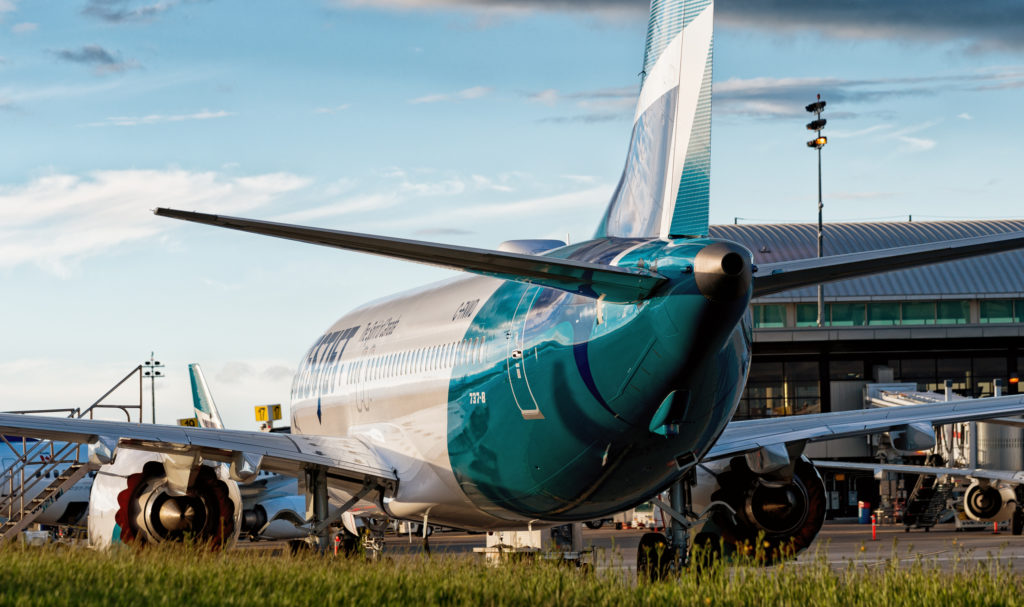Estimated reading time 4 minutes, 51 seconds.
Last summer at the 2018 Farnborough Airshow, Boeing knocked it out of the park, celebrating “an outstanding week for order capture in commercial aviation, with customers announcing 673 orders and commitments in total.”

A whopping 564 of those orders were for the single-aisle Boeing 737 MAX family, the fastest-selling passenger plane in the company’s nearly 103-year history.
What a difference a single year can make.
In 2019, the Boeing contingent will arrive at the Paris Airshow (June 17 to 23) with a collective black eye, a wound inflicted by the very aircraft that was the darling of the order books just 12 months ago.
Indeed, about 400 737 MAX aircraft are sitting idle around the world since the type was grounded in March, following two apparently related crashes in which a total of 346 people were killed. According to the most recent reports as of May 30, the aircraft are not expected to fly again before August.
Both crash investigations are ongoing, but preliminary information has pointed to the involvement of a Boeing software system unique to the MAX, the maneuvering characteristics augmentation system (MCAS). It automatically pushes the nose of the aircraft down if it detects an aerodynamic stall. However, it’s believed that an incorrect sensor reading caused MCAS to deploy repeatedly–and needlessly.
Boeing has been working full steam ahead on a software fix and related computer-based training for pilots, but until the U.S. Federal Aviation Administration–the regulator that initially certified the MAX aircraft–has tested and approved the remedial materials, the aircraft will remain grounded in that country.
Other national regulators appear to be adopting a wait-and-see stance, with several indicating they may require pilot training on a 737 MAX simulator before clearing the passenger jet to return to the skies.
Canada’s Transport Minister, Marc Garneau, said in the past that simulator training may be required before the MAX can resume operating in this country. The aircraft is currently flown by Air Canada, Sunwing and WestJet.
Following a meeting of 33 international regulators at the FAA office in Fort Worth, Texas, on May 23, Canada appeared to remain undecided on whether simulator training would be necessary.
Transport Canada’s director general of civil aviation, Nicholas Robinson, told reporters following the meeting that the MAX will only return to service once the regulator is confident that all concerns have been addressed.
He added that Canada will perform its own “risk-based validation” of the FAA’s report, and that there are “many factors” to consider before ruling what additional pilot training will be required. The question of adding simulator training “remains to be seen.”
The FAA also seems to be keeping that door open.
Should the U.S. agency require simulator training, it could result in huge delays in returning the global fleet to service. For example, there is currently only one 737 MAX sim in North America, at Air Canada.
A spokesperson for Canadian simulator manufacturer CAE said the company has sold more than 40 737 MAX simulators to airlines around the world. Only nine have been delivered so far, with 20 more scheduled to be shipped this year. So far, CAE does not have a MAX simulator in its own training network; all existing type training is now performed in-house by individual airlines.
Once Boeing has updated the aircraft software and it has been approved by the necessary regulators, it will be integrated into all existing and new simulators, said CAE.
Boeing boss Dennis Muilenburg said in a statement that the manufacturer is making “clear and steady progress” as it works to address the problems with the MAX fleet. During a May 29 investor conference, he described the situation as a “defining moment” for the company.
“Public confidence has been hurt, and we have work to do to earn and re-earn the trust of the flying public,” he said. He added that Boeing is working with its airline customers to design compensation programs to cover the groundings and the halt in production. “In some cases, cash may be part of the solution.”
All told, airlines have ordered about 5,000 Boeing 737 MAX aircraft, according to the manufacturer’s website.
— with files from Ken Pole








